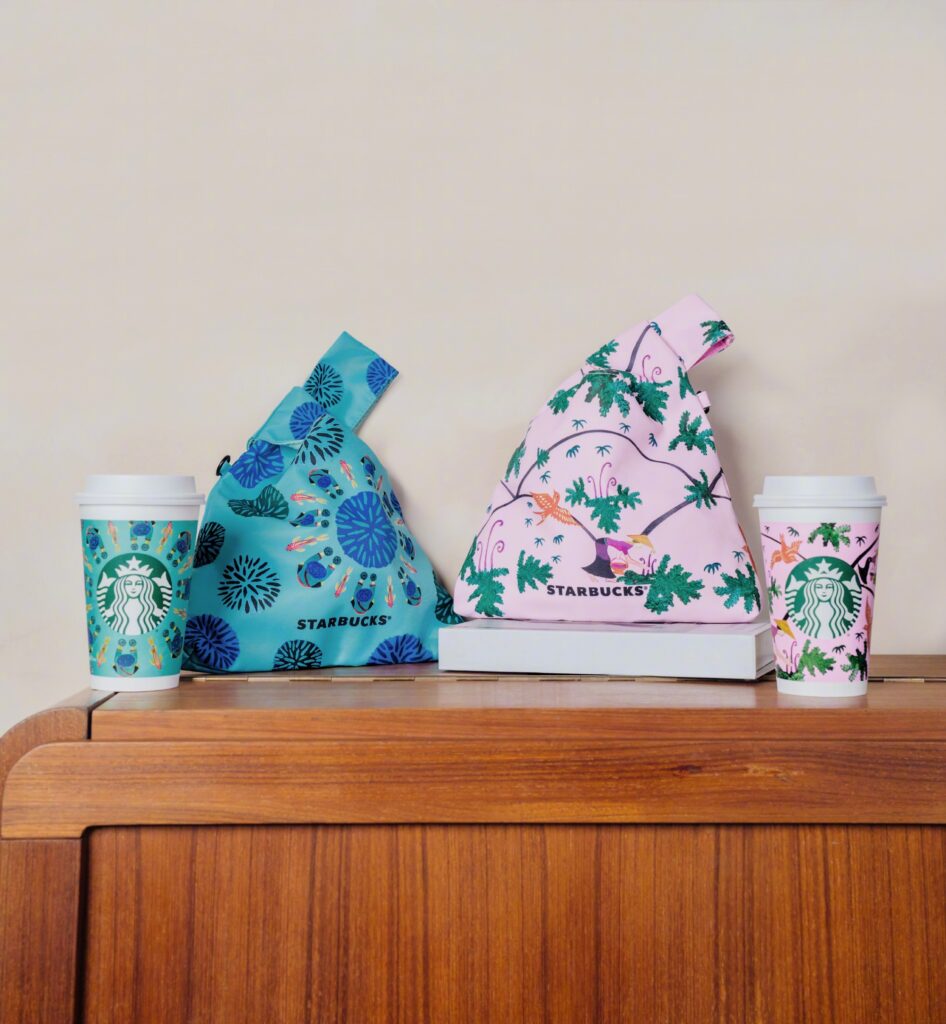In the realm of spring marketing, Starbucks has taken a bold step forward with its latest campaign in China, setting a remarkable precedent for brand exposure. Collaborating with four Yunnan-based peasant painters, Starbucks China has launched its limited-edition Spring Meadow Series, featuring captivating artwork printed on its cups. This unique initiative not only showcases the artistic endeavors of ordinary individuals but also marks a rare departure from Starbucks’ usual cup designs in China, except during festive occasions.

Unveiling the Spring Collection
The Spring Meadow Series introduces a variety of beverages and desserts, including the Matcha Cotton Cloud Latte and the Orchid Oolong Cotton Cloud Latte, each adorned with the picturesque works of the peasant painters. This collaboration not only celebrates local artistry but also serves as a catalyst for stirring up conversations on social media platforms.
The Essence of Spring Marketing
Spring marketing endeavors to uplift spirits and encourage outdoor activities, with packaging serving as the prime canvas for vibrant colors. In the Chinese competitive landscape, even behemoths like Starbucks must vie for brand exposure in the current market environment.

Importance of Brand Exposure for Overseas Brands in China
For overseas brands establishing a foothold in China, achieving brand exposure is paramount. It not only amplifies brand influence but also fosters customer engagement and loyalty. In the context of Starbucks’ innovative campaign, it underscores the significance of strategic brand exposure for overseas brands venturing into the Chinese market.
Strategies for Brand Exposure
Localized Partnerships and Collaborations: Firstly, collaborating with local artists, influencers, or cultural icons can infuse authenticity and resonance into brand campaigns. By tapping into the cultural zeitgeist, brands can effectively capture the attention of Chinese consumers.
Omnichannel Marketing Campaigns: Secondly, leveraging diverse marketing channels, including social media platforms (e.g., WeChat, Weibo), e-commerce platforms (e.g., Taobao, JD.com), and offline events, ensures comprehensive brand visibility. Engaging storytelling and interactive content resonate well with Chinese consumers.
Celebrating Festivities and Cultural Moments: Thirdly, aligning brand campaigns with traditional Chinese festivals and cultural events not only fosters emotional connections but also reflects cultural sensitivity. Tailoring products, packaging, and promotions to suit festive occasions enhances brand relevance and fosters consumer goodwill.
Influencer Marketing: Fourthly, partnering with key opinion leaders (KOLs) and micro-influencers can exponentially amplify brand reach and credibility. Selecting influencers who resonate with the target audience and embody brand values facilitates authentic engagement and brand advocacy.
Localized Content Creation: Last but not least, developing culturally relevant and linguistically appropriate content is essential for resonating with Chinese consumers. Tailoring content formats, messaging, and visuals to align with local preferences and sensibilities enhances brand relatability and memorability.

To sum up, in the increasingly competitive Chinese market landscape, brand exposure plays a pivotal role in establishing a strong presence for overseas brands. Starbucks’ innovative collaboration with local artists exemplifies the power of strategic brand exposure in capturing consumer attention and fostering brand affinity. By embracing localized partnerships, omnichannel marketing, cultural celebrations, influencer collaborations, and tailored content creation, overseas brands can effectively enhance their brand visibility and resonate with Chinese consumers, ultimately driving business success in this dynamic market. Please feel free to reach out to Deep Digital China for more brand exposure solutions!

